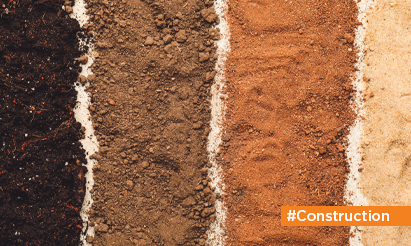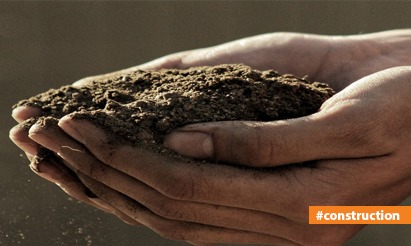The Invisible Factor: Demystifying Concrete Permeability!
Permeability is a measure of how easily a fluid can pass through a porous material like concrete. It is an important property of concrete because it can affect the durability and performance of concrete structures.
The permeability of concrete is influenced by a number of factors, including:
- Water-cement ratio (w/c ratio): A lower w/c ratio results in denser concrete with fewer pores, which makes it less permeable.
- Aggregate content: A higher aggregate content can reduce the permeability of concrete, as the aggregates occupy space that would otherwise be filled with pores.
- Aggregate size: Smaller aggregates can increase the permeability of concrete, as they create more surface area for fluids to flow through.
- Curing time: Concrete continues to harden and gain strength over time, which can reduce its permeability.
- Admixtures: Certain admixtures, such as water reducers and air-entraining agents, can affect the permeability of concrete.
The permeability of concrete is typically measured in terms of the coefficient of permeability (k), which is expressed in units of centimeters per second (cm/s). A lower k value indicates less permeable concrete.
Here is a table of typical permeability values for different concrete mixes:
| Concrete Mix | k (cm/s) |
|---|---|
| High-strength, low-porosity concrete | < 1 x 10⁻¹⁰ |
| Normal-strength concrete | 1 x 10⁻⁸ to 1 x 10⁻⁹ |
| Pervious concrete | > 1 x 10⁻³ |
The permeability of concrete is an important consideration for a number of applications, including:
- Waterproofing: Concrete structures that are exposed to water, such as foundations, basements, and water tanks, need to be impermeable to prevent water from entering and causing damage.
- Durability: Concrete structures that are exposed to aggressive environments, such as deicing salts or chlorides, need to be impermeable to prevent corrosion of the reinforcing steel.
- Environmental protection: Concrete structures that are used for storing or transporting hazardous materials need to be impermeable to prevent the release of these materials into the environment.
There are a number of ways to improve the permeability of concrete, including:
- Using a lower w/c ratio
- Increasing the aggregate content
- Using smaller aggregates
- Curing the concrete for a longer period of time
- Using admixtures
By understanding the factors that affect the permeability of concrete, engineers can design and construct concrete structures that are durable, impermeable, and environmentally friendly.
Disclaimer: The views expressed above are for informational purposes only based on industry reports and related news stories. PropertyPistol does not guarantee the accuracy, completeness, or reliability of the information and shall not be held responsible for any action taken based on the published information.




